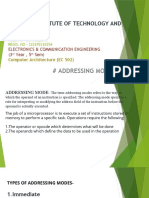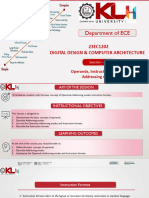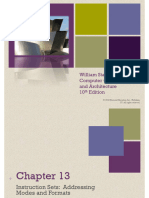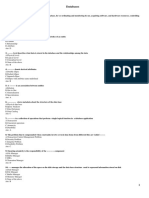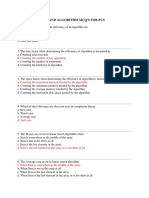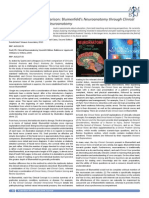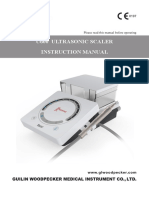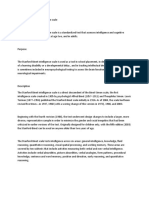0% found this document useful (0 votes)
91 views34 pagesAddressing Modes
The document outlines various addressing modes used in computer architecture, including immediate, direct, indirect, register, register indirect, displacement, and stack addressing. Each mode is described with its advantages and disadvantages, along with examples of how operands are referenced in instructions. Additionally, it discusses the implications of these addressing modes on performance and memory access.
Uploaded by
thangedikishoreCopyright
© © All Rights Reserved
We take content rights seriously. If you suspect this is your content, claim it here.
Available Formats
Download as PDF, TXT or read online on Scribd
0% found this document useful (0 votes)
91 views34 pagesAddressing Modes
The document outlines various addressing modes used in computer architecture, including immediate, direct, indirect, register, register indirect, displacement, and stack addressing. Each mode is described with its advantages and disadvantages, along with examples of how operands are referenced in instructions. Additionally, it discusses the implications of these addressing modes on performance and memory access.
Uploaded by
thangedikishoreCopyright
© © All Rights Reserved
We take content rights seriously. If you suspect this is your content, claim it here.
Available Formats
Download as PDF, TXT or read online on Scribd
/ 34














